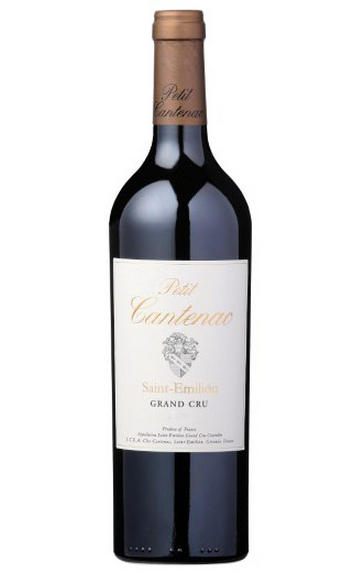
2016 Petit Cantenac, St Emilion, Bordeaux
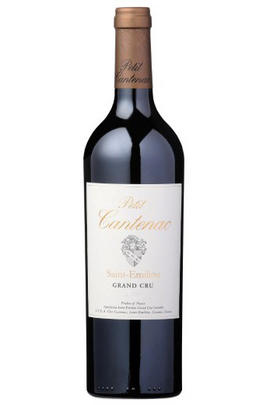
Critics reviews
Neal Martin - 28/04/2017
About this WINE
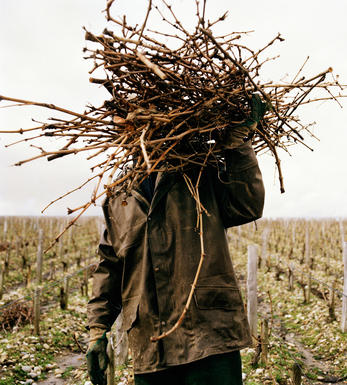
Clos Cantenac
Clos Cantenac is a 3 hectares wine property with vines planted on a combination of deep gravel, sand and clay over limestone soils.
It is situated close to the pre-historic "Megalith de Pierrefitte" in the Saint Emilion wine appellation and it was purchased in 2007 by Martin Krajewski, the owner of Chateau de Sours. The property is is run by Krajewski on the helm along with wine enthusiast Marcus Le Grice from New Zealand and Sebastien Lamothe, Oenologist and Technical Director of Chateau de Sours.
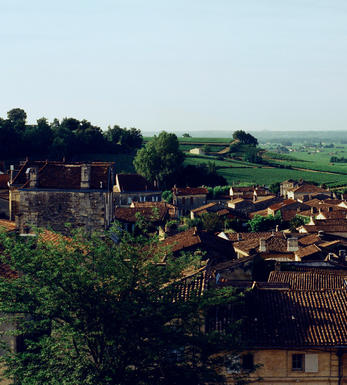
St Émilion
St Émilion is one of Bordeaux's largest producing appellations, producing more wine than Listrac, Moulis, St Estèphe, Pauillac, St Julien and Margaux put together. St Emilion has been producing wine for longer than the Médoc but its lack of accessibility to Bordeaux's port and market-restricted exports to mainland Europe meant the region initially did not enjoy the commercial success that funded the great châteaux of the Left Bank.
St Émilion itself is the prettiest of Bordeaux's wine towns, perched on top of the steep limestone slopes upon which many of the region's finest vineyards are situated. However, more than half of the appellation's vineyards lie on the plain between the town and the Dordogne River on sandy, alluvial soils with a sprinkling of gravel.
Further diversity is added by a small, complex gravel bed to the north-east of the region on the border with Pomerol. Atypically for St Émilion, this allows Cabernet Franc and, to a lesser extent, Cabernet Sauvignon to prosper and defines the personality of the great wines such as Ch. Cheval Blanc.
In the early 1990s there was an explosion of experimentation and evolution, leading to the rise of the garagistes, producers of deeply-concentrated wines made in very small quantities and offered at high prices. The appellation is also surrounded by four satellite appellations, Montagne, Lussac, Puisseguin and St. Georges, which enjoy a family similarity but not the complexity of the best wines.
St Émilion was first officially classified in 1954, and is the most meritocratic classification system in Bordeaux, as it is regularly amended. The most recent revision of the classification was in 2012
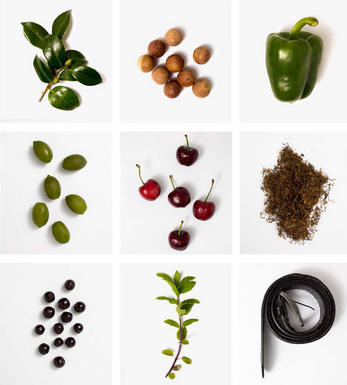
Cabernet Sauvignon Blend
Cabernet Sauvignon lends itself particularly well in blends with Merlot. This is actually the archetypal Bordeaux blend, though in different proportions in the sub-regions and sometimes topped up with Cabernet Franc, Malbec, and Petit Verdot.
In the Médoc and Graves the percentage of Cabernet Sauvignon in the blend can range from 95% (Mouton-Rothschild) to as low as 40%. It is particularly suited to the dry, warm, free- draining, gravel-rich soils and is responsible for the redolent cassis characteristics as well as the depth of colour, tannic structure and pronounced acidity of Médoc wines. However 100% Cabernet Sauvignon wines can be slightly hollow-tasting in the middle palate and Merlot with its generous, fleshy fruit flavours acts as a perfect foil by filling in this cavity.
In St-Emilion and Pomerol, the blends are Merlot dominated as Cabernet Sauvignon can struggle to ripen there - when it is included, it adds structure and body to the wine. Sassicaia is the most famous Bordeaux blend in Italy and has spawned many imitations, whereby the blend is now firmly established in the New World and particularly in California and Australia.


Buying options
Add to wishlist
Description
The 2016 Petit Cantenac is a blend of 90% Merlot with 5% Cabernet Franc and 5% Cabernet Sauvignon aged in 30% new oak. It has a concentrated nose of blackberry, truffle and fig, the Cabernet Franc imparting a light peppery note. The palate is structured on the entry, more approachable than Martin Krajewski's sister wine Clos Cantenac. The finish is nicely structured with a slight brusqueness that should be abraded with time in barrel.
Neal Martin - 28/04/2017
wine at a glance
Delivery and quality guarantee